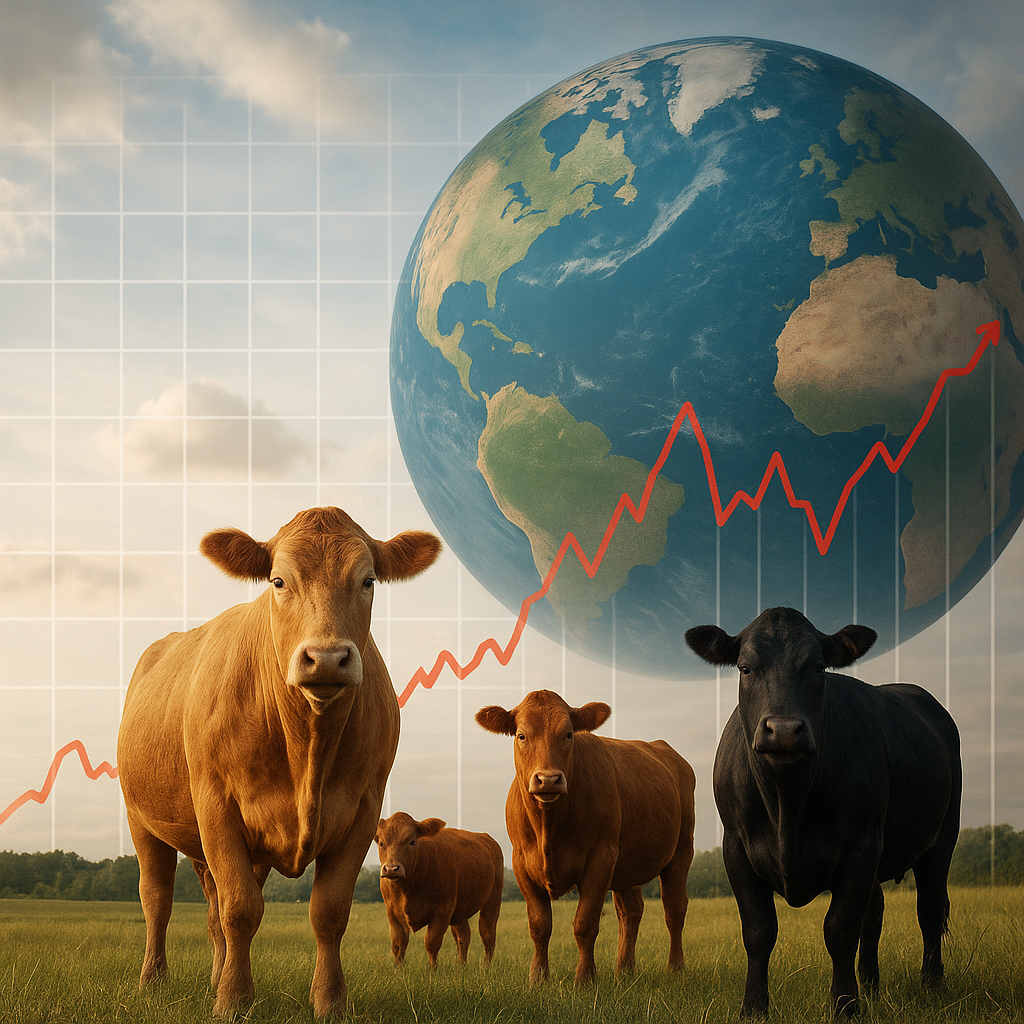The rapid rise of biofuels has reshaped the contours of the global agricultural market, sparking debates on land use, sustainability, and rural development. As governments and industries seek alternatives to fossil fuels, the interplay between crop production and energy generation highlights a complex web of economic, environmental, and social dynamics. This article examines how the emergence of bioenergy influences cropping patterns, market flows, and policy agendas across regions. By exploring feedstock choices, market drivers, and the broader impacts on ecosystems and communities, we can better appreciate the multifaceted role that biofuels play in modern agriculture.
Agricultural Feedstocks and Production Pathways
Biofuel production relies on a variety of agricultural residues and dedicated energy crops. The selection of feedstocks depends on regional agro-climatic conditions, existing farming systems, and local infrastructure. In many countries, traditional staples such as maize and sugarcane have been diverted to fuel ethanol plants, while oilseeds like soybean, rapeseed, and palm oil feed biodiesel refineries. Emerging innovation in cellulosic technologies also enables the utilization of crop residues, switchgrass, and woody biomass, which reduces competition with food supplies.
First-Generation vs. Second-Generation Crops
- First-generation biofuels: Produced from edible feedstocks (e.g., grains, sugarcane, vegetable oils). These pathways are well established but can drive up food prices and affect land availability.
- Second-generation biofuels: Derived from non-food biomass such as straw, husks, and perennial grasses. These systems offer lower greenhouse gas emissions and smaller land-use footprints but require advanced processing technologies and investment in innovation.
Governments worldwide have introduced mandates and subsidies to promote biofuel crops. This has incentivized farmers to rotate energy crops with traditional cereals or to convert pasture and forested areas into monoculture plantations. While the economic return on high-yielding biofuel crops can improve farm productivity, it also raises concerns about biodiversity loss and soil degradation.
Economic and Market Dynamics
The expansion of biofuels has injected new capital flows into rural economies, reshaping commodity prices and trade patterns. Ethanol and biodiesel markets are influenced by crude oil prices, currency fluctuations, and evolving policy frameworks, such as blending mandates and tariff structures. Major producers like the United States, Brazil, and the European Union set the tone for global trade, while emerging players in Southeast Asia and Africa seek to capture value from local feedstocks.
Policy Incentives and Trade Mechanisms
- Blending mandates: Require a minimum percentage of biofuel in transport fuels, boosting domestic demand and signaling investors to scale up production.
- Tax credits and subsidies: Offer financial support for producers and consumers, improving the competitiveness of biofuels against petroleum.
- Import/export duties: Protect domestic industries or regulate market access, influencing global supply chains and price volatility.
The introduction of carbon pricing and sustainability certification schemes further complicates market dynamics. Producers must navigate certification standards to sell into premium markets, adding layers of compliance and administrative costs. Meanwhile, smallholder farmers in developing countries face challenges in meeting quality specifications but stand to benefit from higher incomes if integrated into organized value chains.
Environmental and Social Impacts
Biofuel cultivation can deliver significant environmental benefits by reducing net carbon emissions and promoting energy security. However, these advantages hinge on responsible land management and sustainable agricultural practices. When expansion leads to deforestation or peatland drainage, the carbon debt can outweigh the gains from renewable energy, undermining climate goals. Careful assessment of direct and indirect land-use changes is therefore critical.
Soil Health, Water Use, and Biodiversity
- Soil health: Continuous mono-cropping of bioenergy crops may degrade soil fertility and increase erosion unless counterbalanced by conservation measures.
- Water footprint: Irrigated plantations for biofuel feedstocks can strain water resources, especially in arid regions or during drought years.
- Biodiversity: Large-scale planting of non-native energy crops may displace wildlife and reduce habitat connectivity.
On the social front, biofuel development can spur rural growth by creating jobs in planting, harvesting, processing, and logistics. Enhanced farm incomes often translate into improved local services and infrastructure. Yet, resilience to market shocks remains a concern for communities overly reliant on a single crop. Diversifying income sources and incorporating smallholders into cooperative models can mitigate risks and foster long-term stability.
- Improved livelihoods: Access to new markets and fair contracting practices can uplift small-scale producers.
- Land tenure conflicts: Rapid land acquisitions for biofuel plantations may spark disputes and disenfranchise vulnerable groups.
- Community engagement: Inclusive planning and benefit-sharing mechanisms ensure that local populations retain a stake in biofuel ventures.
In regions where biofuel projects align with broader rural development strategies, the synergy between crop production and renewable energy can yield a transformative impact. Initiatives that integrate innovation in agronomic techniques, support climate-smart agriculture, and foster public–private partnerships offer the most promise for balancing economic growth with environmental protection.



